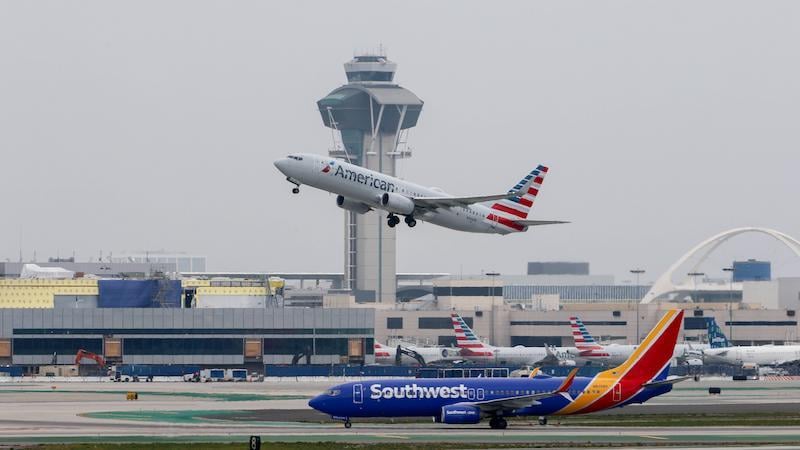
Credit: Imago/Alamy Stock Photo
Texas–based carriers American Airlines and Southwest Airlines are revisiting their strategies at two of the state’s airports, Austin and San Antonio. American will cut four more routes from Austin-Bergstrom International Airport (AUS), after slashing 18 routes from the airport earlier this year. The...
Subscription Required
American, Southwest Reassess Growth Plans At Texas Airports is published in Aviation Daily, an Aviation Week Intelligence Network (AWIN) Market Briefing and is included with your AWIN membership.
Already a member of AWIN or subscribe to Aviation Daily through your company? Login with your existing email and password
Not a member? Learn how to access the market intelligence and data you need to stay abreast of what's happening in the air transport community.





